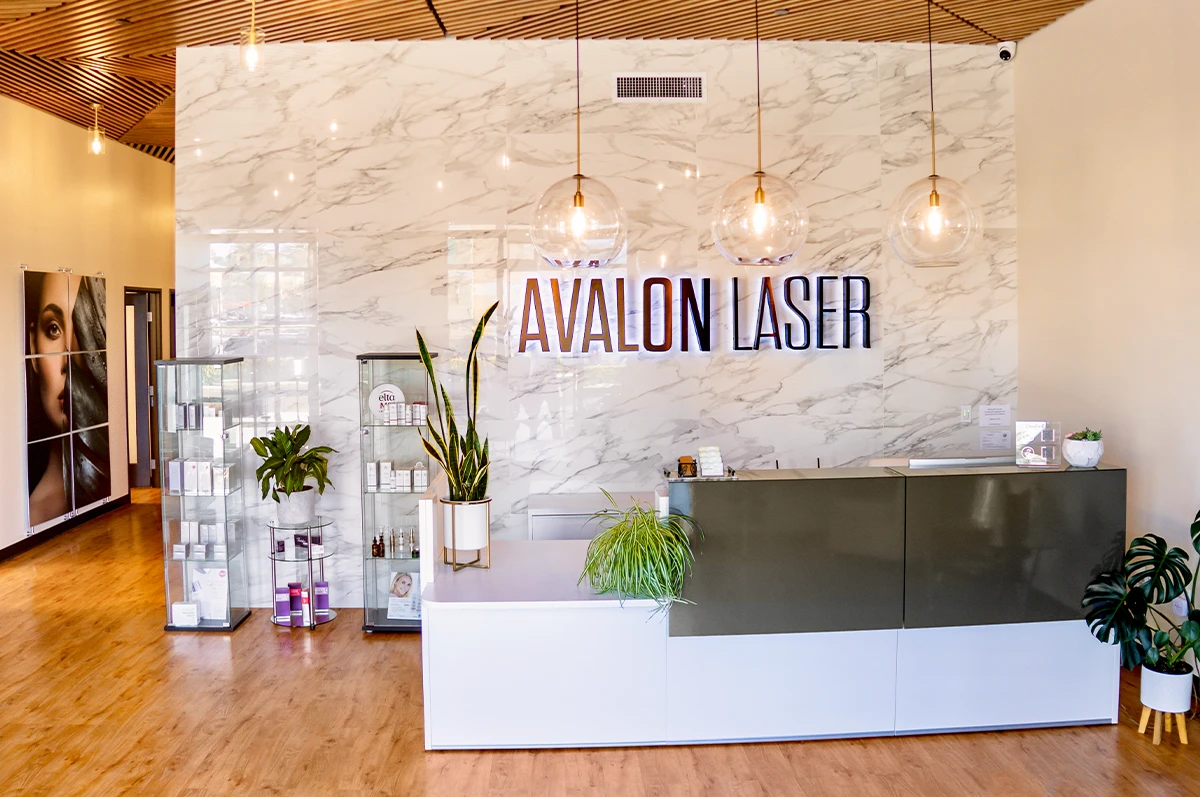Do you know what causes spider veins? Spider veins are broken and dilated capillaries that appear blue, red or purple and that lay just below the surface of the skin, typically on the thighs, calves, and ankles
What causes varicose veins and spider veins?
To understand what causes spider veins, it’s essential to consider the role of vein valves. Vein valves are responsible for directing blood flow towards the heart. When these valves become weak or damaged, blood can pool in the veins, leading to increased pressure. This pressure causes the veins to enlarge and form spider veins. Factors such as genetics, hormonal changes, and prolonged periods of standing or sitting can exacerbate the issue, making spider veins more likely to develop. This is what causes spider veins.
Spider veins occur due to an incompetency of the valves within the veins of the lower extremities. As the veins work to carry blood against the pull of gravity, the blood passes through valves throughout the veins meant to ensure the blood flows upward to the heart and not back down into the legs. When these valves get faulty, give out or become less effective, over the course of the day, the blood pools in the legs, causing the legs to swell, get tired, burn, ache and cramp. And giving us those unsightly fine webs of red, purple, and blue. They can be quite distressing but are rarely dangerous.
Another critical aspect of what causes spider veins is lifestyle choices. Activities that put excessive strain on the legs, such as prolonged standing or sitting, can impede proper blood circulation. Without the natural muscle contractions that help push blood upward, veins in the legs work harder, increasing the risk of valve failure and the formation of spider veins. Maintaining an active lifestyle, avoiding long periods of inactivity, and managing body weight are important steps in reducing the risk of developing spider veins.
Ultimately, the problem of spider veins is one of gravity, multiplied, and exacerbated by the various risk factors that we will discuss below.
Spider vein risk factors
There are several common risk factors associated with spider veins:
- Genetics, medical history, and familial history: If several people within the family had spider veins, others are likely to get it. Genetics are considered the number one cause of spider veins. Family history contributes up to 90% of the possibility of contracting spider veins.
- Birth control pills, particularly those containing estrogen.
- Pregnancy, due to weight from the fetus and increased blood flow. Increased blood flow coupled with the increase in weight places more pressure on the legs during pregnancy.
- Hormonal changes.
- Increasing age. Valves within the veins weaken over time.
- Prolonged standing, sitting, and periods of inactivity contributes to developing spider veins. Veins in the legs work harder to pump blood upwards to the heart when one is immobile and vertical for extended periods. Because the flexing and motion of leg muscles aid blood flow, when these muscles aren’t active and in motion the flow of blood back to the heart weakens.
- Smoking cigarettes constricts and weakens the blood vessels contributing to spider veins.
- Sun exposure can contribute slightly.
- Weight. Staying as close as possible to your ideal weight will help prevent them.
- Gender. Both men and women experience spider veins though they do tend to be experienced most often by females.
What is the difference between varicose and spider veins?
Spider veins are a subclass of varicose veins. They present as non-raised, fine purple veiny or rooty looking threads or webbing. Spider vein is a general term that refers to small dilated blood vessels on the skin or mucous membranes of various parts of the body. They are quite common and unless very widespread or accompanied by hyperpigmentation, are rarely a sign of an underlying medical condition or disease. Varicose veins on the other hand, are bulging and raised above the surface. Varicose veins are often accompanied by pain and discomfort in the legs, aching, cramping, burning, throbbing, heaviness, skin discoloration, and skin ulcers.
How are spider veins treated?
Avalon Laser is a San Diego spider vein treatment center specializing in removing spider veins with IPL, photorejuvenation, and photofacials that painlessly employ radiofrequency energy to remove spider veins of all kinds on any part of the body. Now you know what causes spider veins!
Dr. Reza Tirgari and his team at Avalon Laser provide expert care and advanced technology to ensure effective and safe treatment for spider veins, helping you achieve clearer, healthier skin.



